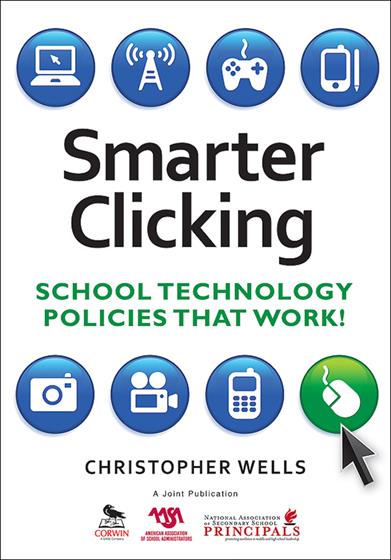
Hands-on, Practical Guidance for Educators
From math,
literacy, equity, multilingual learners, and SEL, to assessment, school counseling,
and education leadership, our books are research-based and authored by experts
on topics most relevant to what educators are facing today.
Smarter Clicking
School Technology Policies That Work!
Designed to support appropriate use of technology for teaching and learning, this reader-friendly resource helps school leaders create, implement, and maintain effective instructional technology policies.
Product Details
- Grade Level: PreK-12
- ISBN: 9781412966993
- Published By: Corwin
- Year: 2010
- Page Count: 152
- Publication date: March 15, 2010
Price: $32.95
For Instructors
When you select 'request review copy', you will be redirected to Sage Publishing (our parent site) to process your request.


